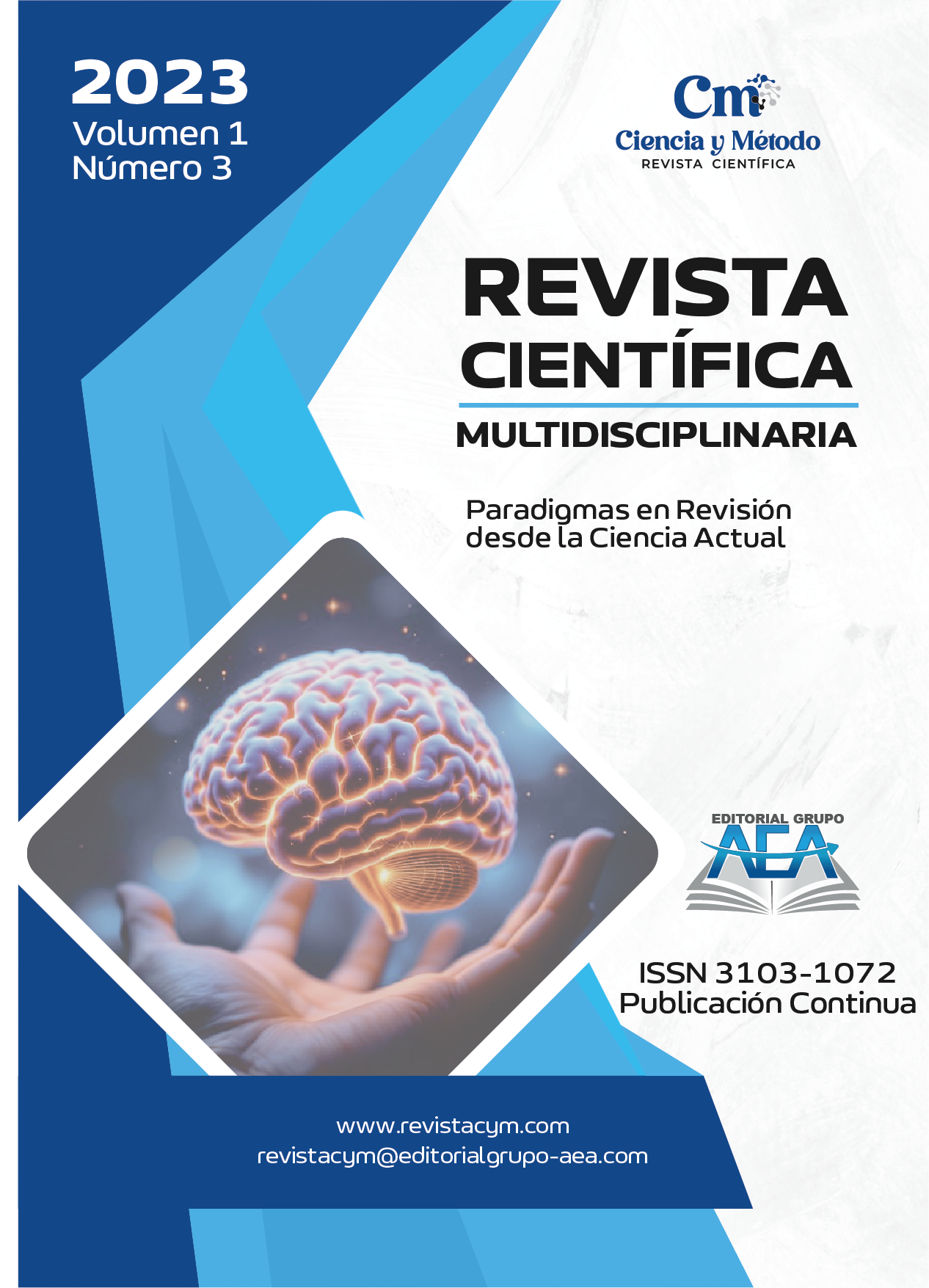Protection of personal data in the age of quantum computing and its legal challenges
Main Article Content
Abstract
The article addresses the emerging challenges that quantum computing poses for the protection of personal data, highlighting its disruptive capacity over current cryptographic systems. Through a systematic literature review based on recent academic sources and institutional documents from agencies such as NIST and ENISA, it critically examines how quantum algorithms, such as Shor's, can breach traditional cryptographic methods such as RSA and ECC. Among the main findings, two central risks are identified: the obsolescence of current cryptography and the threat of massive leaks of sensitive data, even those encrypted today with standards considered secure. The study also reveals legal loopholes and an alarming lack of technical criteria in current regulations, which weakens the legal capacity to anticipate these risks. It concludes that there is an urgent need for a proactive and technologically informed regulatory reform that incorporates post-quantum cryptographic standards and promotes international cooperation. The article highlights the need for interdisciplinary responses to preserve privacy as a fundamental right in the new digital environment transformed by quantum technologies.
Downloads
Article Details
Section

This work is licensed under a Creative Commons Attribution-NonCommercial 4.0 International License.
How to Cite
References
Arute, F., Arya, K., Babbush, R., Bacon, D., Bardin, J. C., Barends, R., ... & Martinis, J. M. (2019). Quantum supremacy using a programmable superconducting processor. Nature, 574(7779), 505–510. https://doi.org/10.1038/s41586-019-1666-5 DOI: https://doi.org/10.1038/s41586-019-1666-5
Chen, L., Jordan, S., Liu, Y. K., Moody, D., Peralta, R., Perlner, R., & Smith-Tone, D. (2016). Report on Post-Quantum Cryptography (NISTIR 8105). National Institute of Standards and Technology. https://doi.org/10.6028/NIST.IR.8105 DOI: https://doi.org/10.6028/NIST.IR.8105
De Hert, P., & Papakonstantinou, V. (2016). The new General Data Protection Regulation: Still a sound system for the protection of individuals? Computer Law & Security Review, 34(2), 179–194. https://doi.org/10.1016/j.clsr.2016.02.006 DOI: https://doi.org/10.1016/j.clsr.2016.02.006
ENISA. (2021). Post-Quantum Cryptography: Current state and quantum mitigation. European Union Agency for Cybersecurity.
Galarza-Sánchez, P. C. (2023). Adopción de Tecnologías de la Información en las PYMEs Ecuatorianas: Factores y Desafíos. Revista Científica Zambos, 2(1), 21-40. https://doi.org/10.69484/rcz/v2/n1/36 DOI: https://doi.org/10.69484/rcz/v2/n1/36
Galarza-Sánchez, P. C., Agualongo-Yazuma, J. C., & Jumbo-Martínez, M. N. (2022). Innovación tecnológica en la industria de restaurantes del Cantón Pedro Vicente Maldonado. Journal of Economic and Social Science Research, 2(1), 31–43. https://doi.org/10.55813/gaea/jessr/v2/n1/45 DOI: https://doi.org/10.55813/gaea/jessr/v2/n1/45
Gambetta, J. M., Chow, J. M., & Steffen, M. (2021). Building quantum computers: Progress and prospects. Nature, 595(7865), 383–390.
Grover, L. K. (1996). A fast quantum mechanical algorithm for database search. Proceedings of the Twenty-Eighth Annual ACM Symposium on Theory of Computing, 212–219. https://doi.org/10.1145/237814.237866 DOI: https://doi.org/10.1145/237814.237866
Hiller, J. S., & Russell, R. S. (2023). Privacy in the age of big data: Recognizing threats, defending your rights, and protecting your family (3rd ed.). Rowman & Littlefield.
Krenn, M., Aspuru-Guzik, A., & Zeilinger, A. (2020). Quantum cryptography and the future of secure communication. Nature Reviews Physics, 2(11), 709–722. DOI: https://doi.org/10.1038/s42254-020-0230-4
Lanza, C., & Ziccardi, G. (2020). Data protection in Latin America: Regulatory challenges and regional developments. Computer Law & Security Review, 36, 105385.
Mosca, M. (2018). Cybersecurity in an era with quantum computers: Will we be ready? IEEE Security & Privacy, 16(5), 38–41. https://doi.org/10.1109/MSP.2018.3761723 DOI: https://doi.org/10.1109/MSP.2018.3761723
NIST. (2022). Post-Quantum Cryptography Standardization. National Institute of Standards and Technology. https://csrc.nist.gov/Projects/post-quantum-cryptography
Picoy-Gonzales, J. A., Huarcaya-Taype, R., Contreras-Canto, O. H., Omonte-Vilca, A., Contreras-De La Cruz, C., & Gaspar-Quispe, J. C. (2023). Sabores Conectados: Transformando la Gastronomía a través de las Tecnologías de la Información y Comunicación. Editorial Grupo AEA. https://doi.org/10.55813/egaea.l.2022.58 DOI: https://doi.org/10.55813/egaea.l.2022.58
Reglamento (UE) 2016/679 del Parlamento Europeo y del Consejo de 27 de abril de 2016 relativo a la protección de las personas físicas en lo que respecta al tratamiento de datos personales y a la libre circulación de estos datos. Diario Oficial de la Unión Europea, L 119, 1–88.
Shor, P. W. (1997). Polynomial-time algorithms for prime factorization and discrete logarithms on a quantum computer. SIAM Journal on Computing, 26(5), 1484–1509. https://doi.org/10.1137/S0097539795293172 DOI: https://doi.org/10.1137/S0097539795293172
Wang, J., & Wang, H. (2022). The Quantum Race and Global Cybersecurity Governance: Challenges and Policy Responses. Journal of Cyber Policy, 7(2), 289–308.
Zuboff, S. (2023). The age of surveillance capitalism: The fight for a human future at the new frontier of power. PublicAffairs.





